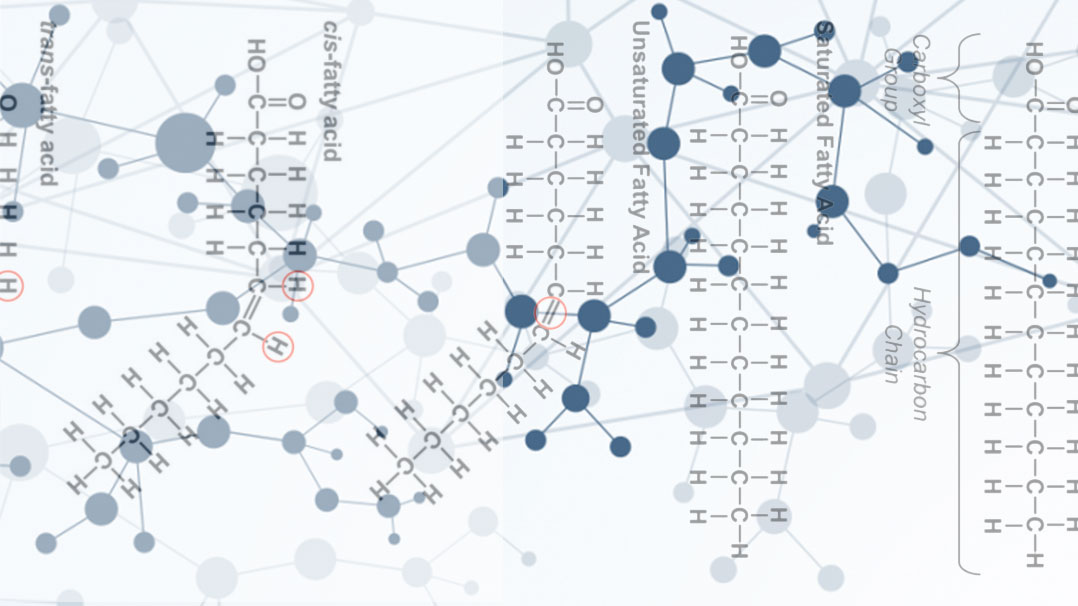Most organisms have several alternatives for producing the NAD+ molecule. In humans, there are three major NAD+ biosynthesis pathways: the De Novo Pathway, starting from the essential amino acid L-tryptophan; the Preiss-Handler pathway, using niacin (nicotinic acid); and the Salvage Pathway from niacinamide (nicotinamide). In this article, we’ll be covering the De Novo Pathway.






























